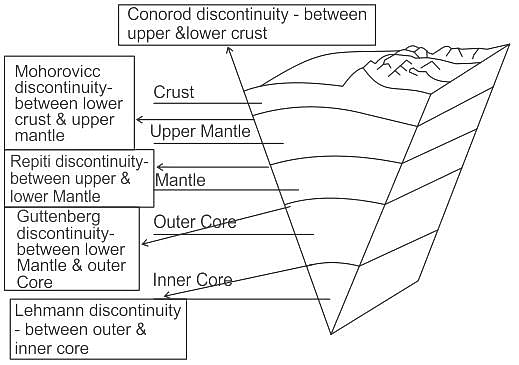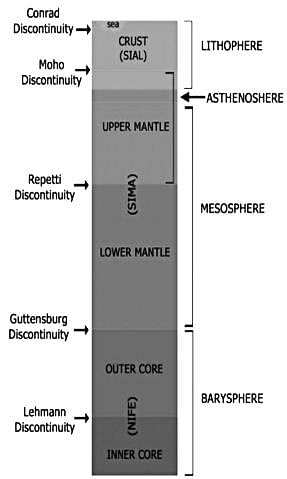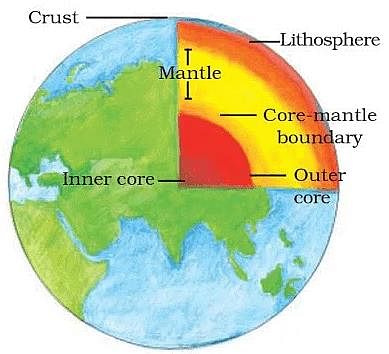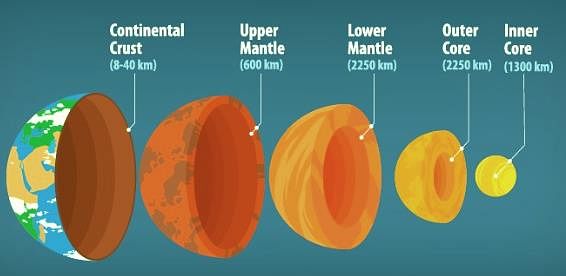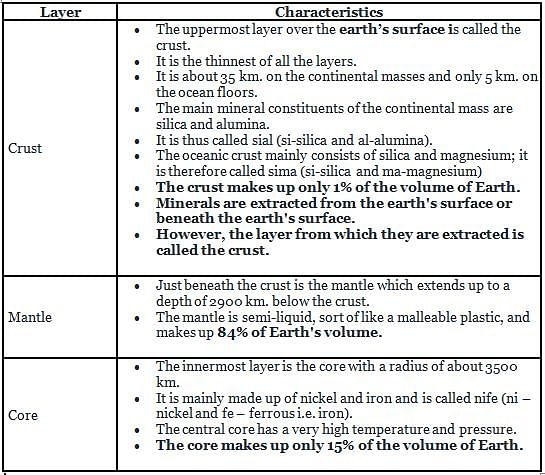Test: Interior of the Earth - 2 - Humanities/Arts MCQ
20 Questions MCQ Test - Test: Interior of the Earth - 2
Which island among the following has an active Volcano?
The boundary between the crust and mantle is called as:
| 1 Crore+ students have signed up on EduRev. Have you? Download the App |
What is the approximate speed (in km/s) of the Earth in its orbit around the Sun?
The groundwater stored between layers of hard rock below the water table is called:
The scale used for measuring the intensity of the earthquake is _____________.
Which is the second most abundant metal in the earth's crust?
India is divided into how many earthquake zones (seismic zones)?
The _________ is responsible for Earth's magnetic field.
Barren island, the only active volcano in India is located in:
Almost 98% of Earth's crust is made up of eight elements. Which of the following does NOT figure among these elements?
The innermost layer of the Earth is mainly made up of
______ is the most abundant element in Earth's crust.
How temperature varies towards the centre from the earth's surface?
From which layer of the earth minerals are extracted?




